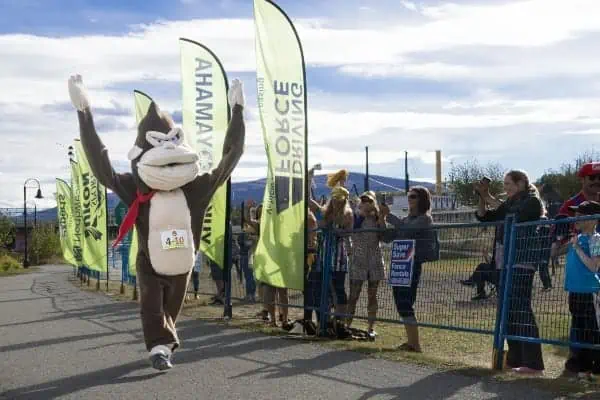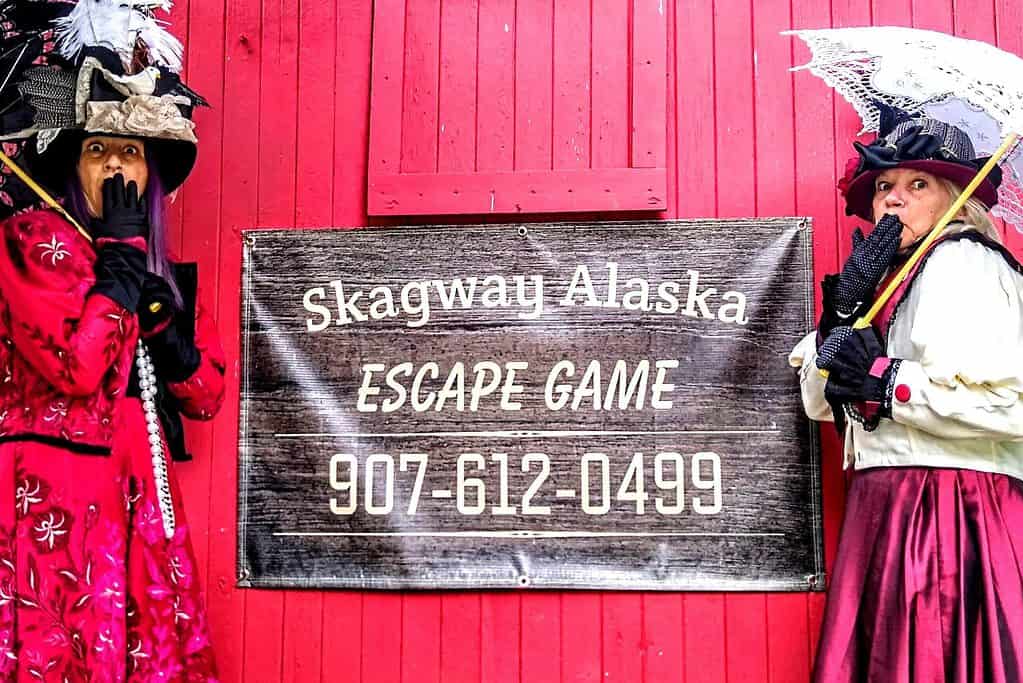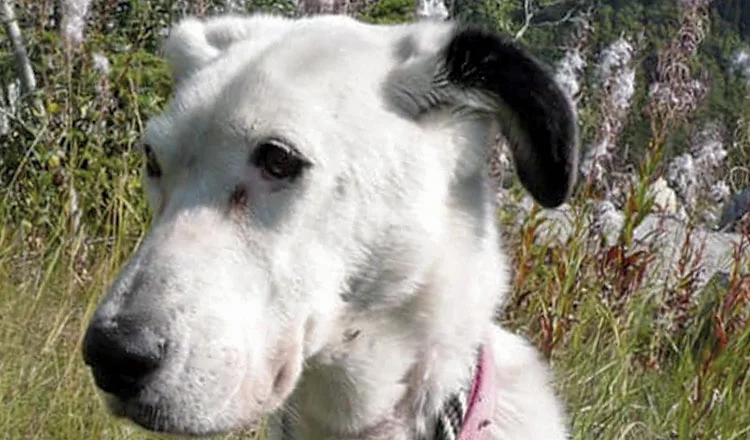Be warned: if you are travelling along the Klondike Highway on the evening of Sept. 5 or into the wee hours of Sept. 6, you may come across a 200-pound chicken.
Not a real chicken of course, but rather an Alaskan donning the poultry get-up.
It’s just one of the many antics that make up the annual Klondike Trail of ’98 International Road Relay.
Launched in 1983 as a way to boost tourism numbers before fall, the run from Skagway to Whitehorse has become one of the most popular athletic events of the year with more than 1,200 runners and over 300 volunteers taking part.
“They get to have lots of fun, enjoy beautiful scenery and do so all in the company of good friends,” explains first time race coordinator Megan Freese. “I think the big dance at the end has a lot to do with it as well.”
And while there are plenty of laughs throughout the 18-hour-plus competition, make no mistake the Klondike Road Relay is a gruelling test of athletic ability not to be taken lightly.
Beginning in Skagway at 6 p.m. (Yukon time) Friday night, the race’s first leg is an arduous 14-kilometre uphill run.
The uphill trek continues with Leg 2, the White Pass Viewpoint.
The shortest of the 10 legs may also be the most difficult as you really are ascending for the entire nine kilometres.
Legs 3, 4 and 5 are not as steep as 1 and 2, but you are faced with running in the dark and dealing with the inconsistent weather patterns that go with the Summit.
Deep fog, pounding hail, freezing rain … it’s all possible during this portion of the run.
The 25.6 kilometres that make up Leg 6 of the run is the longest in the race, unless of course you factor in the 72 kilometres Keith Thaxter and Kelly Hostetler will be running as the only two competitors registered in the Ultra category.
Introduced for the first time last year, the category sees runners go from Carcross to the finish line in Whitehorse.
The race then culminates with Legs 7 through 10.
A little longer than the legs at the beginning of the race, in return they are more flat.
Freese says while the runners are the heart of the event, it is the 350 volunteers that make the event happen year after year.
“Our volunteer base is incredible,” says the rookie race coordinator. “They’ve been so great guiding me along the way and really have an answer for everything.”
Freese adds the race is as much fun for the volunteers as it is the competitors with most taking the liberty of dressing up in costume and decorating their checkpoints.
“Year after year it’s a lot of the same faces both running and volunteering,” said Freese. “I think it’s because of the real community feel, the amount of fun they have and the fact we let them basically do whatever they want and they get to have fun doing it.”




